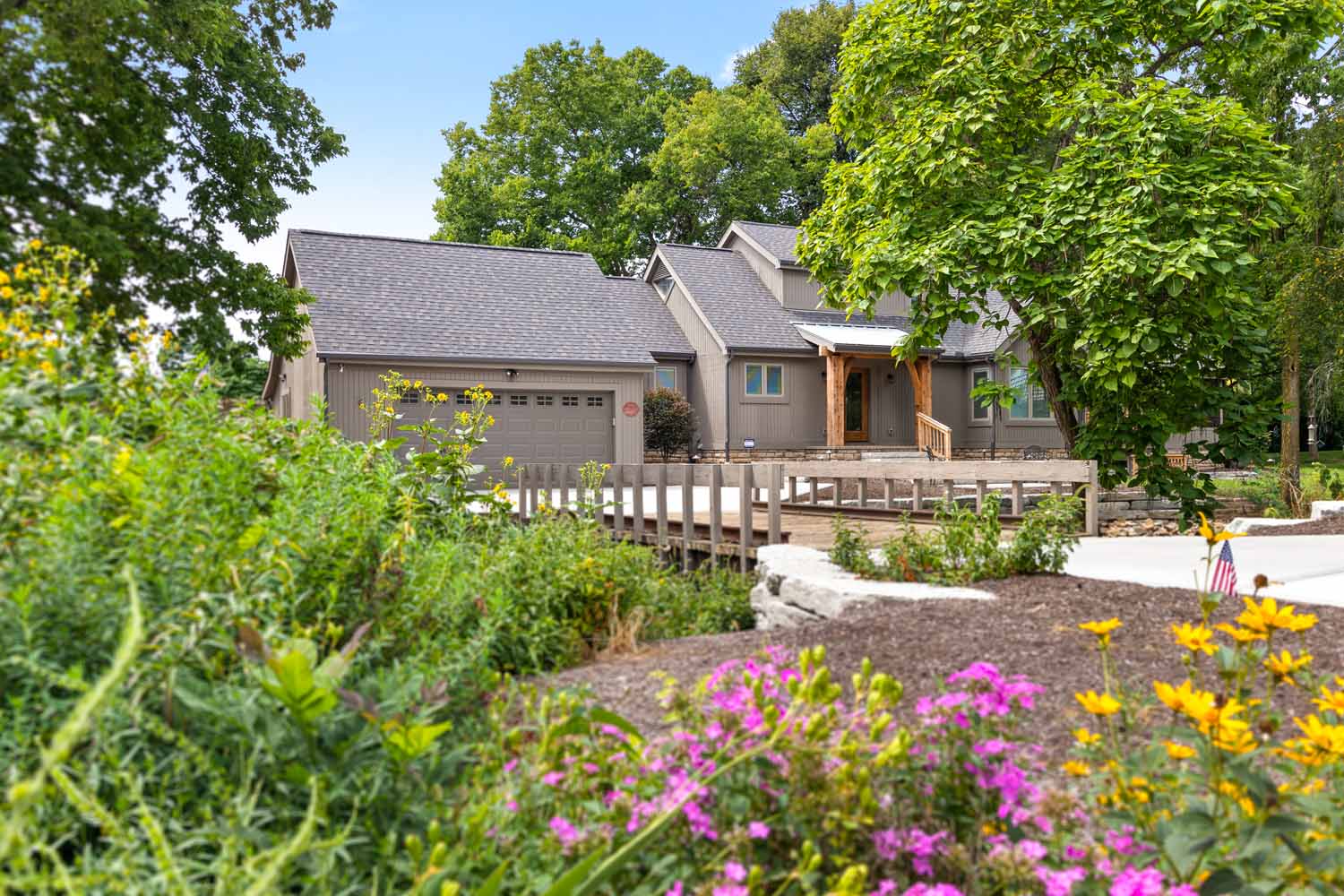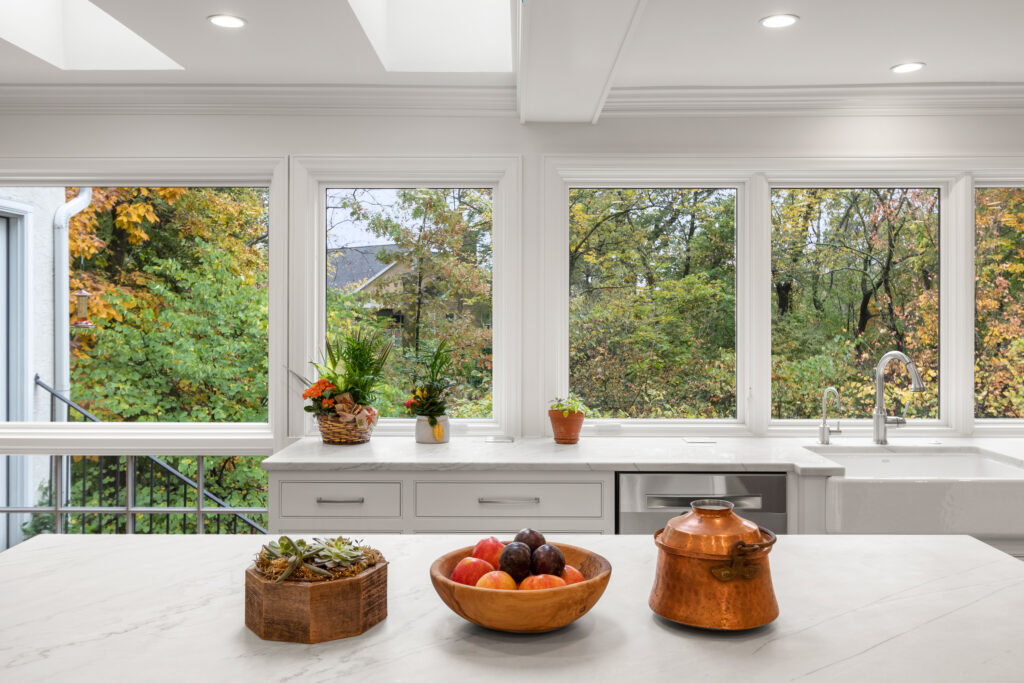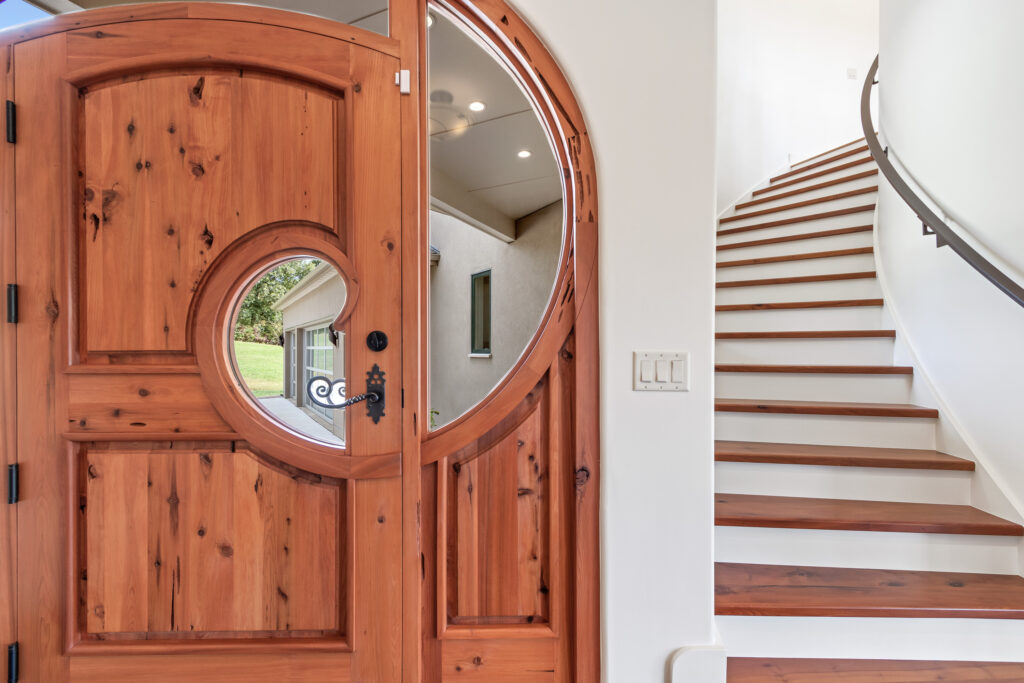
What Is Biophilic Design?
I must not be keeping up on my reading…I was recently asked about “Biophilic Design” and had to admit I hadn’t come across that term before.
I guessed it had something to do with landscape design and it does, sort of. But there’s a lot more to it than that.
Biophilic design is an approach to architecture and interior design that seeks to re-establish a human-nature connection by incorporating elements of the natural world into our built environments.
It’s about creating spaces that feel harmonious, calming, and restorative, spaces that allow us to reconnect with the natural rhythms and patterns that underlie our existence.
It’s not exclusive to architecture, but that’s the context I’ll use to write about it here.
We can probably all think of rooms or places that we disliked – maybe we referred to them as “cold” or “sterile” – and the negative feelings those spaces created. When we feel that way in space where we work, we won’t do our best work. When we feel that way in a doctor’s office or hospital room, we might heal more slowly.
That’s not good. But research (you’ll have to trust me, I’m not doing footnotes) has indicated that something as simple as a view of nature can enhance recovery from illness and surgery and reduce the need for pain medications.
Wow. That explains why my childhood dentist had the entire wall across from “the chair” wallpapered in a giant floor-to-ceiling photograph of a woodland glade. Very soothing.
Still hated the sound of that drill, though.
But I design homes, not dental offices. How does biophilic design work in homes? Here are a few simple examples:
Maximize natural light: Large windows, skylights, and glass doors can bring natural light into a home, creating a sense of openness and connection to the outdoors.

Introduce natural ventilation: Natural ventilation can help to improve air quality and can also help to regulate temperature. Strategically placed doors and operable windows can help to bring fresh air into a space.

Green it up: Plants are a great way to add life and color to a home, and they also provide a number of health benefits, such as improved air quality and reduced stress levels.

Water features such as fountains and ponds can also help create a sense of serenity and add a touch of elegance.

Use natural materials: Natural materials such as wood, stone, and wool can create a warm and inviting atmosphere, and they also have a positive impact on indoor air quality.

Natural forms and shapes: the world’s not rectangular, so why should your house be? Curved spaces and elements connect your home to forms found in nature.

Create outdoor spaces: Patios, balconies, and courtyards can provide a seamless connection between the indoors and outdoors, creating a sense of expansiveness and tranquility.

Embrace natural sounds: The sound of water, wind, or birdsong can create a soothing and relaxing atmosphere in a home.
Use natural patterns and textures: Natural patterns and textures, such as wood grain, stonework, and plant leaves, can add visual interest and create a sense of harmony.
As people become more aware of the benefits of being in nature, they’re looking for ways to incorporate natural elements into their homes. Biophilic design is a great way to do this, and you can start small – you don’t have to redo your whole house to start getting the benefits of it.
A few plants in key areas, improving the view out of an existing window, replacing carpet with natural wood flooring, replacing glaring light fixtures with softer, warmer, indirect lighting, or repainting a room in more natural colors can make a noticeable difference in your stress levels and mental health.



Richard,
Love, love, love this approach! – and I agree with you regarding improved healing with access to natural light and nature – in addition to the positive impact on overall health and well-being. We need more of this approach in our homes, our workplaces and our community.
Glad you enjoyed the article, I agree that there’s a lot of room for more a nature-centered approach to home design.